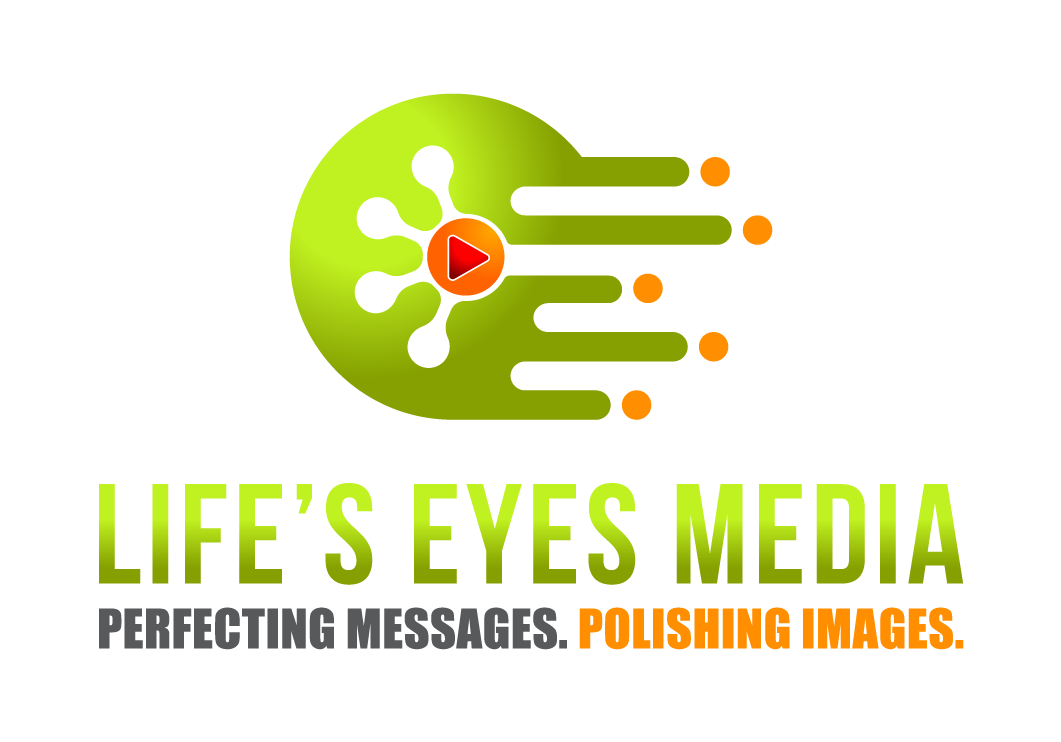Line(s)– Lines can be used to lead a viewer to a certain point of a photo. Lines can draw a viewer into the photo or lead them away. Lines can cause the emotion of guiding, active, threatening, etc. Lines can be various lengths, go in all directions and be any thickness. Thin lines are often seen as vulnerable, and thick lines are seen as independent or dominating. Vertical lines can portray strength and growth, and horizontal lines give the emotion of restfulness and stability. Diagonal lines tend to guide and outline objects in the photo.
Shape- Shape is important because it deals with identification in a photo. In order for shape to be recognized it must be in contrast with the things that surround it. When shape is the element in a photo it is best shown when the subject is frontlit or backlit. Front lighting is when the subject is placed in front of the light source and back lighting is when the light is placed behind the subject.
Form– Form is basically a shape that is in 3D and there is emphasis on the shape due to light from the side that casts shadows. Shadows draw more attention to the object and increases the understanding of the message.
Texture- Showing texture in a photo depends on the amount of light and how it is used. When the sun is close to its highest point of the day it creates shadows on objects. With the appropriate use of texture photos can seem alive and become almost three-dimensional.
Pattern- There are two ways to deal with pattern: emphasize it or break it. Emphasizing a pattern draws attention to the size and look of expansion. It is zooming in on a pattern and filling the picture with it. Example: a brick wall.
Breaking a pattern is exactly how it sounds. You separate it using another object. Keep in mind that broken patterns can be found naturally.
Color- Color can be complex. Certain colors mean certain things and sends out different messages.
Here are some color categories and what messages they give:
Vibrant colors are energetic and active, including reds and yellows. Blues and greens tend to be comforting or soothing. There are two types of colors, Subtractive and Additive, and each has primary and secondary colors. Subtractive colors are used more in photography, painting and printing. When using color think about the warm colors(red, orange, and yellow) and cool colors( blue, violet, and green).
